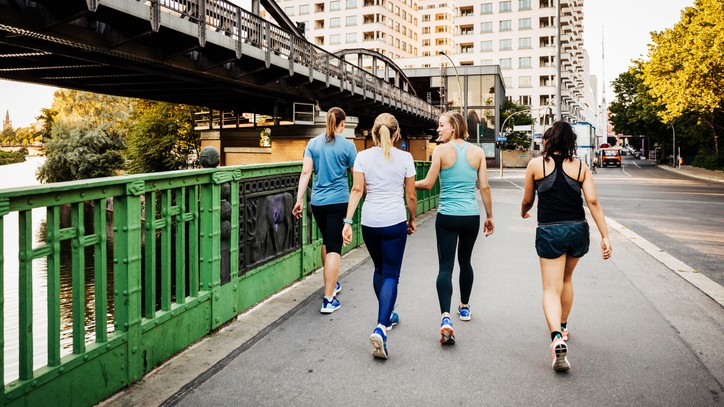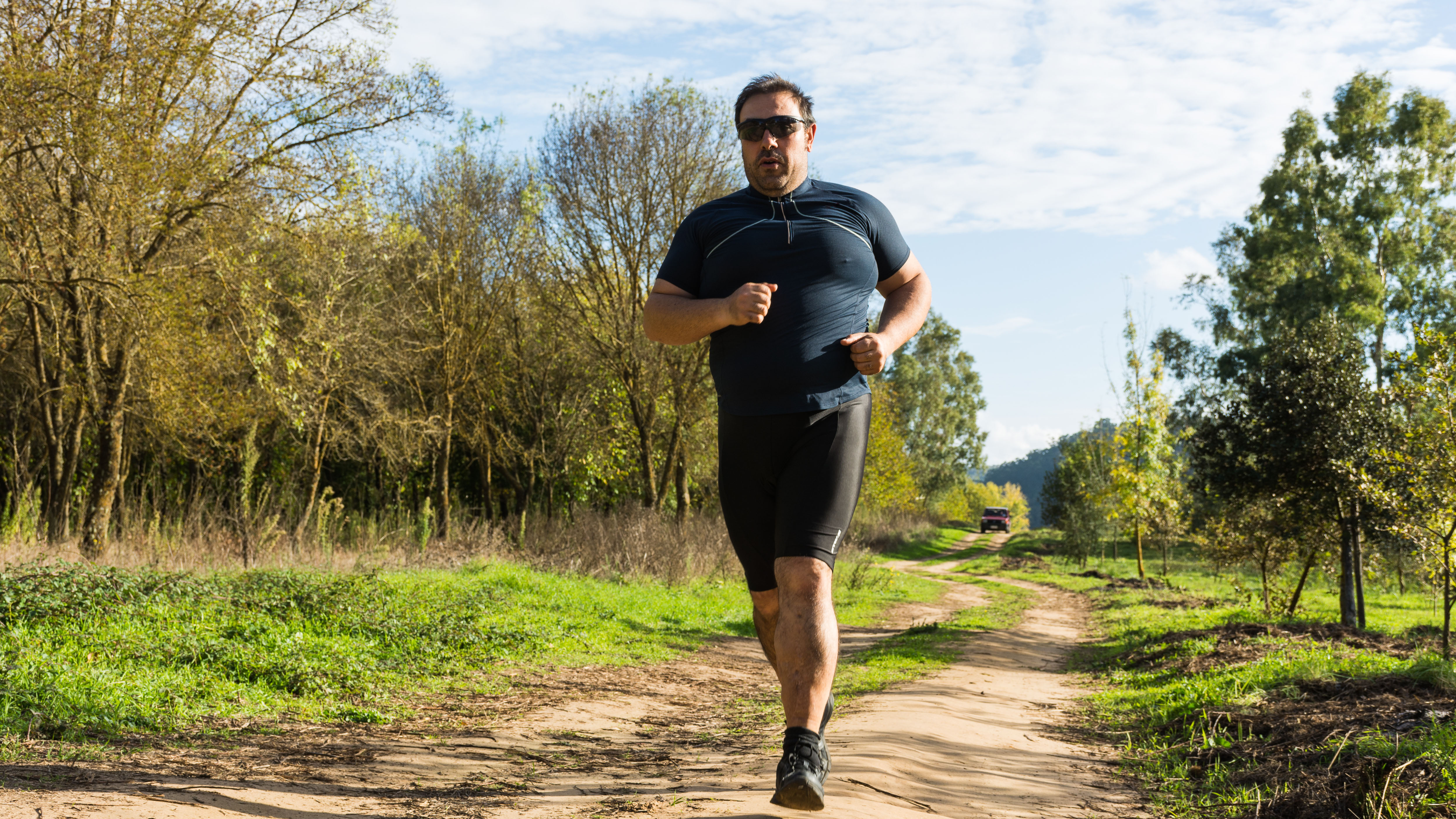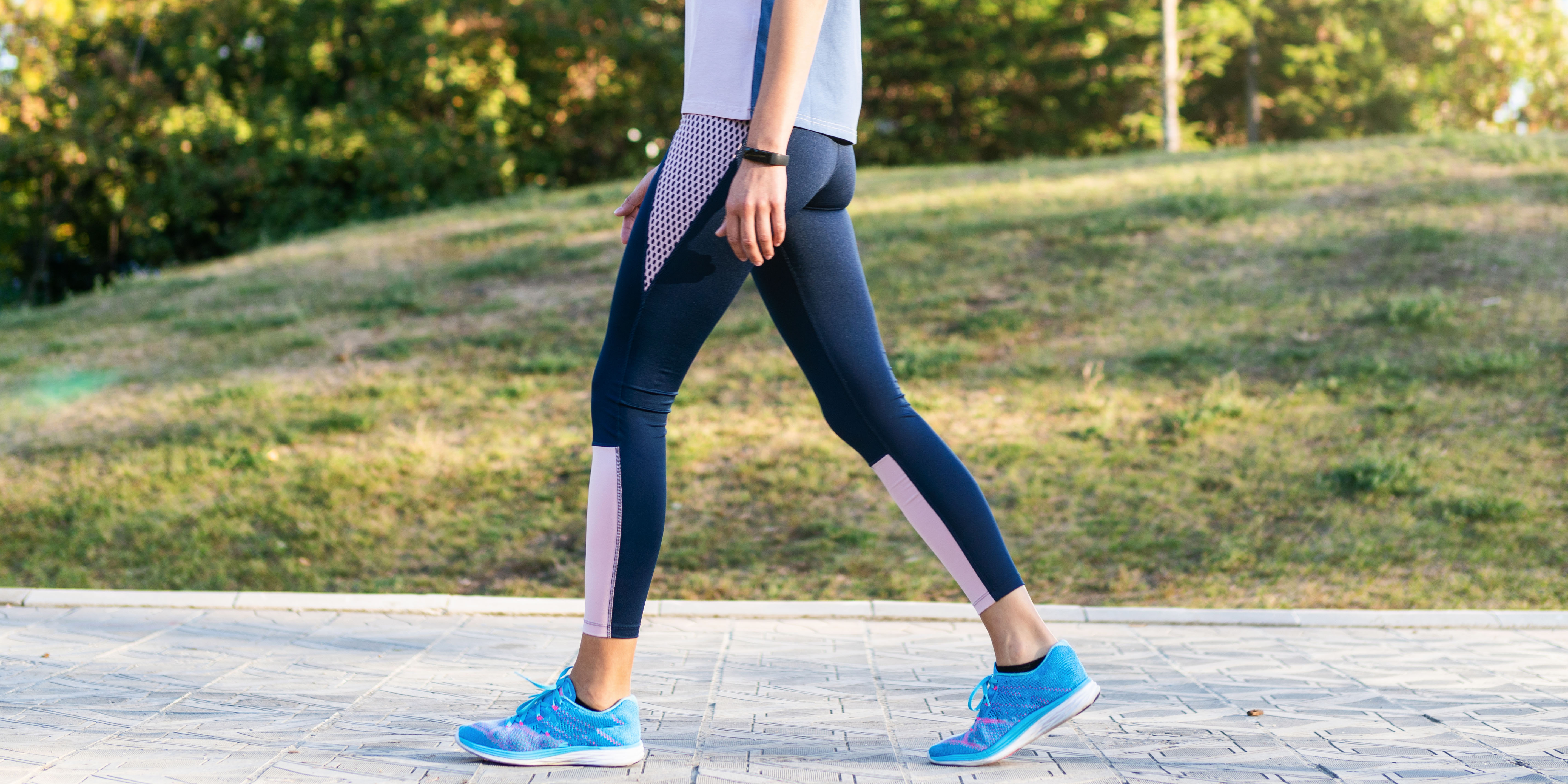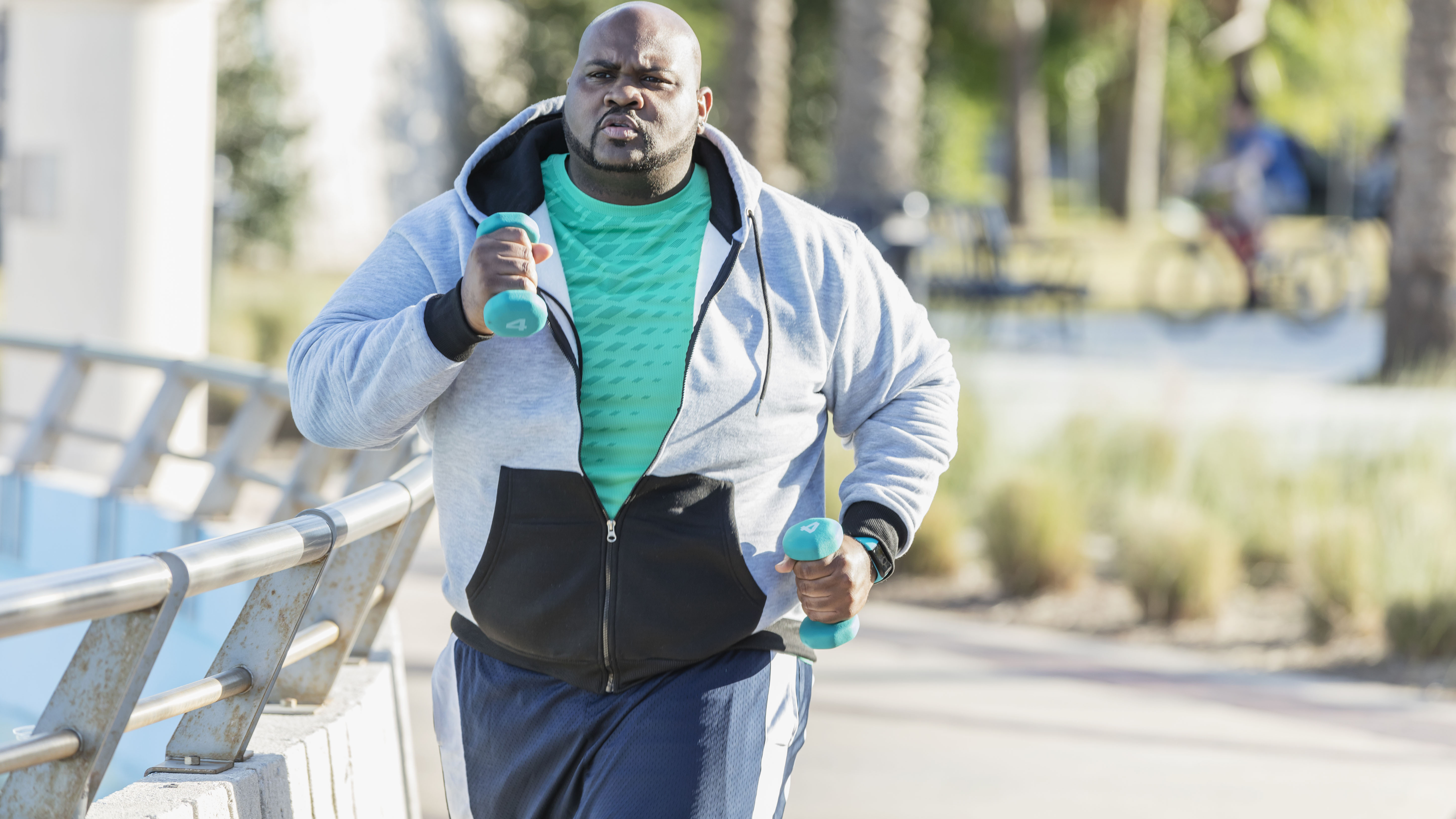Is walking cardio?
Is walking cardio and does it offer the same benefits as other cardiovascular workouts?

Anybody who enjoys the undeniable pleasures of a good walk has at some point asked themselves the question, ‘is walking cardio?’ After all, even those who enjoy the torturous rigours of a high-intensity workout like to mix it up with a different speed sometimes, and more than any other physical pursuit, walking offers something for everybody, no matter what level of fitness they may be.
However, can we really class walking as a cardiovascular workout? And can walking lower blood pressure? Whether you are planning to make the most of those light summer nights or are looking for the best walking treadmills to ensure you get your steps in no matter the weather looks like, you want to feel a sense of surety that walking is benefitting you with gains proportionate to the amount of time you’re putting in.
What is cardio?

According to the Department of Health and Human Services, cardiovascular activity is defined as any activity that gets your heart, lungs and large muscle groups working and studies show that walking at a pace of 5-8 miles per hour undoubtedly qualifies as moderately intense physical activity. This offers a wide-ranging number of benefits, including developing aerobic fitness, reducing body fat and resting blood pressure and improving blood pressure control. Walking also combats weight loss, depression and cardiovascular disease, with a study published in PLoS One showing that even intermittent walking programs can exhibit positive effects on body fat levels.
“The King of Cardio? I would say it has to be walking,” explains Ryan McLean, fitness consultant and personal trainer, “other forms of cardio [such as running or cycling] are beneficial for lots of other reasons but I would say they have a lot more specificity behind why you would want to do them. When we consider the benefits of walking compared to other forms of cardio, what stands out is its simplicity and the unarguable ease with which achievements can be made.”

Ryan McLean is a Level 3-qualified personal trainer working out of a boutique gym in the Midlands, UK. He specialises in strength and conditioning, believing that the perfect deadlift is nothing less than an artform.
How fast should you walk for a cardio workout?

Bear in mind though that achieving certain health goals does depend upon the intensity of the walk. Large scale research, such as that conducted by Boston University School of Medicine and published in the European Heart Journal, found that reducing a walk below a brisk pace was three times less effective in improving fitness levels or slowing down the inevitable effects of aging. In short, it isn’t just about getting those 10,000 steps a day in, but rather how you get them in that matters if you’re looking to make the kind of positive impact upon your body that compares to other cardio-intensive pursuits.
Although walking needs greater monitoring to ensure its effectiveness than other cardio workouts, like using one of the best exercise bikes, that doesn’t necessarily make it an inferior activity when compared to more challenging alternatives: after all, the ease with which walking can fit into our lifestyles undoubtedly counts for something. “Clearly we are not going to run everywhere, we’re not always going to be sat on a bicycle and a swimming pool isn’t always easy to access,” explains McLean, “but we are always on our feet! You’re not going to cover the same distance as someone running or cycling but at least you won’t have to dedicate a fixed amount of time or special equipment to do it.”
How far should you walk when exercising?

So, bearing in mind the importance of intensity, how much distance should you aim to cover? According to McLean, that depends entirely on what you’re trying to achieve: “If an individual is trying to lose body fat, the most common reason for someone to do cardio, 8k-10k steps a day is a good starting point. If a person is trying to gain weight such as trying to build muscle mass, probably a little less than that. If you’re aiming to get fitter for a walking event or develop into running, then look to hit between 12-15k steps per day.”
Get the world’s most fascinating discoveries delivered straight to your inbox.
Again though, there are other factors to be aware of. A 2019 study published in the Journal of Women’s Health on female walkers found that a continuous 30 minute walk, five times a week, resulted in higher intensity performance than walking in more frequent shorter bursts. This in turn resulted in more significant increases in health benefits, meaning that you should aim to get those steps totalled up in big chunks, wherever possible if you want to extract the maximum gains.
Other ways to up the intensity of your workout

Of course, there are other ways to up the intensity of your walks than simply extending them, although that is always an option. We all lead busy lives and time can sometimes be a factor, but a little pre-planning can ensure your walk gets your body into an aerobic state, even if it’s a short one. “Walk with more gradient up a hill or simply pick up your pace,” explains McLean. “Walking with extra weight in a bag is also an option but should be carefully considered before attempting. I wouldn’t recommend you change the intensity of a walk with added weight for the first time. Potentially, you could build up to adding weight in a bag on your usual hill walk after completing it a few times.”
With key studies proving the effectiveness of walking as a cardiovascular activity, the science is firmly behind you, should you elect to prioritize heels over wheels, weights or a trip to the swimming pool. As Ryan McLean puts it, “Walking is great, it’s easy, it’s accessible and the risk of injury is low. I strongly advocate that people wanting to lose that bit of body fat, get fitter, or enjoy the challenge of conquering a hill or mountain should just get out there and walk.” Just make sure you invest in one of the best water bottles to ensure you stay hydrated!
Further reading
Physical Activity Guidelines for Americans
Physical activity and fitness in the community: the Framingham Heart Study
Effectiveness of Long and Short Bout Walking on Increasing Physical Activity in Women
Dan Cooper is an experienced fitness writer who firmly believes in the power of running. The hardest race he has completed so far was Tough Guy, the world’s oldest and most demanding OCR event. There he learned that you may be able to outpace opponents, but outrunning hypothermia? That's a different race entirely.



